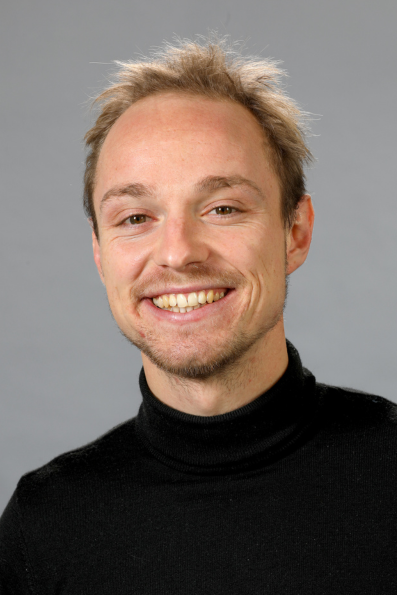Dax, what made you decide to tackle this issue? Were students struggling in the job market?
“Yes, what I see is that students often leave university full of enthusiasm, but as soon as they enter the job market, they realize there’s a gap between what they’ve learned and what they actually need. They have the theoretical knowledge, sure, but they lack practical skills and, more importantly, a clear idea of the roles they could take on after graduation.
It was frustrating for them, and for me as a lecturer. I wanted to close that gap by bringing a hands-on, practice-oriented approach into the curriculum.”
So, the main issue was the lack of clarity around career opportunities?
“Yes, students were getting plenty of theory, but they had little idea about how that translates into real-world roles. With the development of the ‘Vitality and Frailty’ course, part of the Health minor in the bachelor's programme, I aimed to integrate practical experience into the course content while also raising awareness about healthy aging, which aligns with my research focus. We collaborated with various stakeholders, such as the Team Sportservice, research project LION in partnership with the local municipality, the Combiwel neighborhood network, and GGD.
Giving students the opportunity to engage with real societal partners from day one provided hands-on experience and helped them better understand their strengths and professional interests.”
Were the students on board right away?
“To be honest? Not at first. There was definitely some hesitation and nervousness at times. This was new, and for once, they were stepping out of their books and into the real world. But once they got started, their attitudes shifted completely.
They quickly adapted and began to see the value in what they were doing. By the end, many students told me it was one of the most valuable experiences of their degree so far. The course included four lectures in which I discussed the content about the topic which was examined with a small exam at the halfway point of the course. On top of that, there were two coaching sessions and two working groups in which students had to evaluate their progress. We chose this design to guide students in their practical assignments.
Projects included designing movement interventions for frail elderly, such as balance training to reduce fall risk and examining physical and mental performance of elderly. As well as developing a health instrument specifically aimed at examining frailty in Moroccan elderly in Amsterdam. The students managed communication with stakeholders independently, received peer feedback on their presentations, and completed reflection assignments to assess their skill development.”


